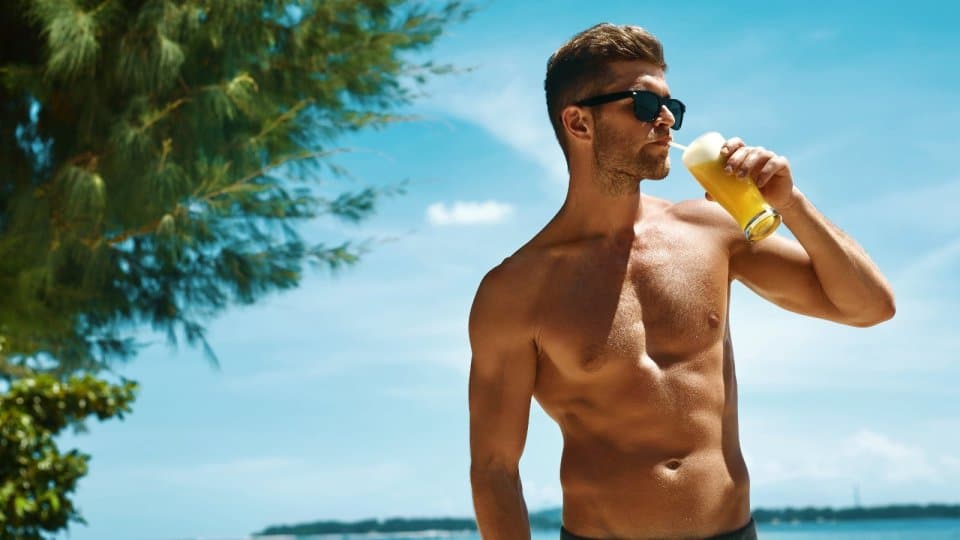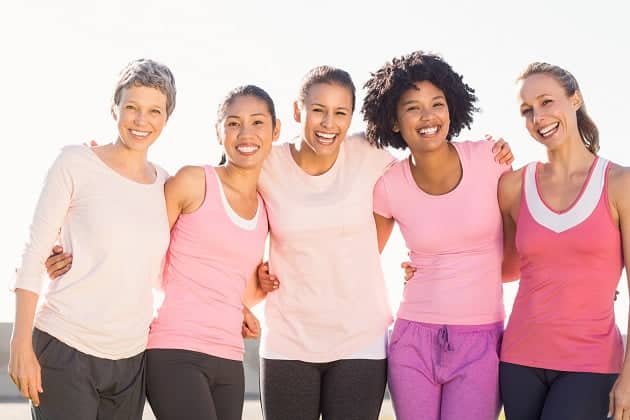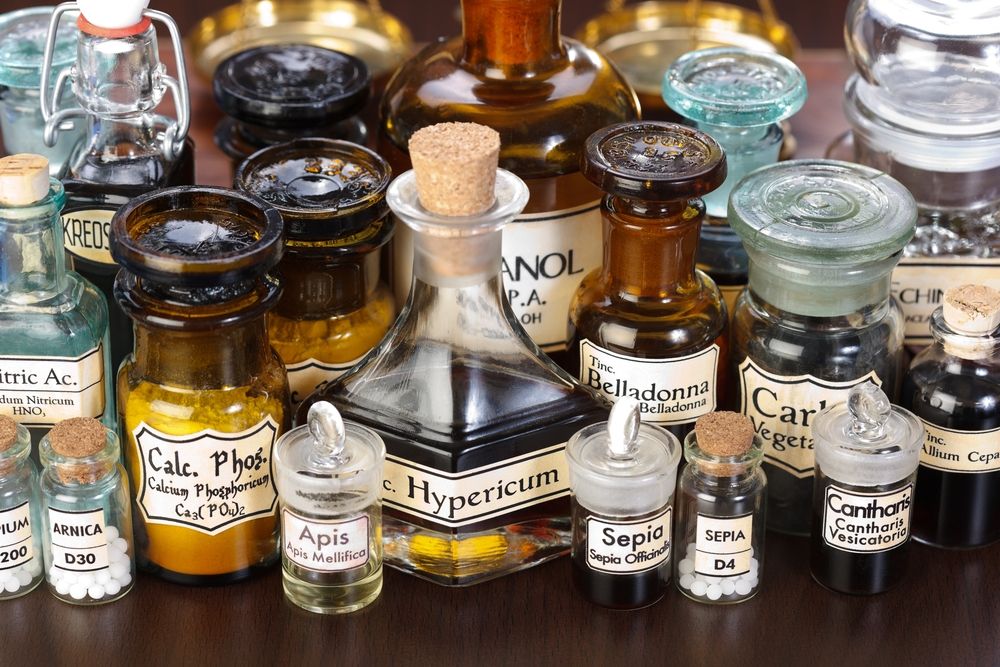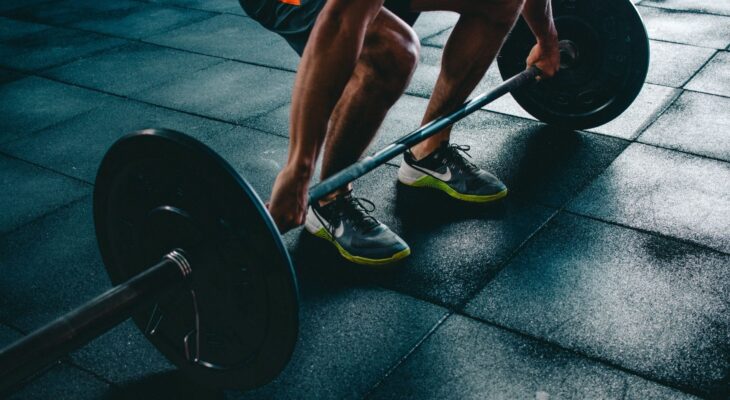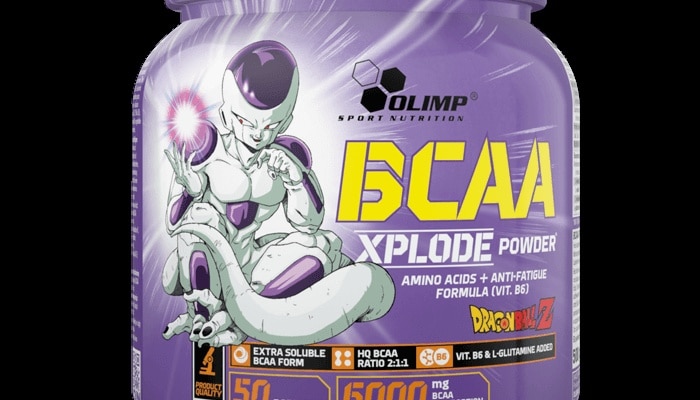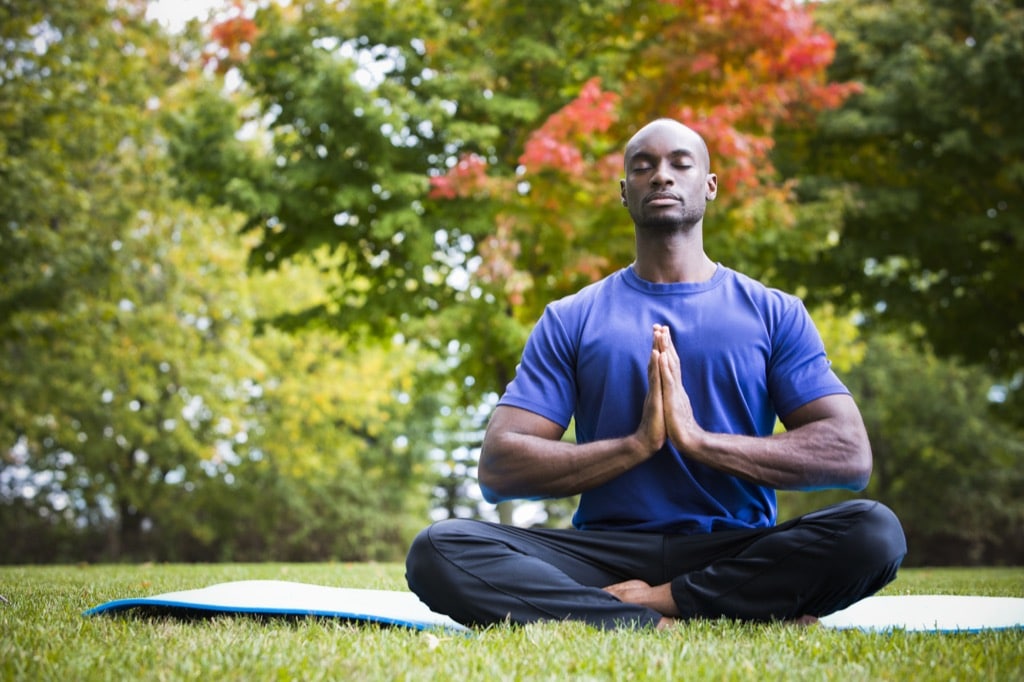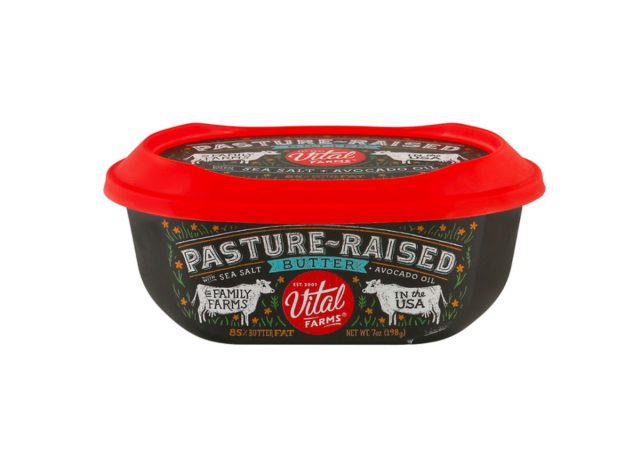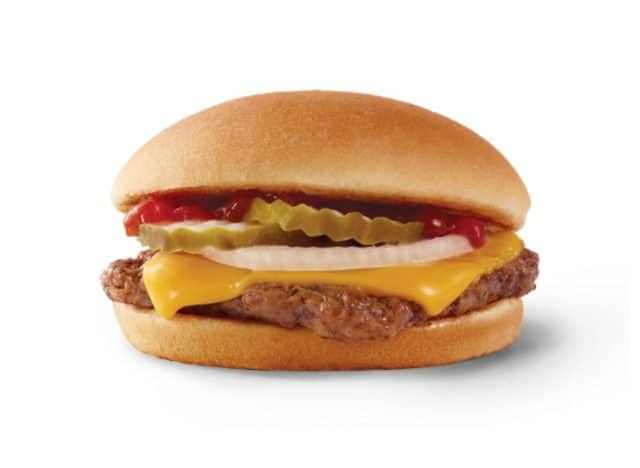Or, in English, “As a member of the clinical profession: I solemnly pledge to devote my lifestyles to the service of humanity. Native people have usually been healers in their communities. Healers via food, traditional medicine, ceremonies, and tales. The ways of healing for Indigenous human beings in North America is older than the revised and a couple of,500-year-vintage Hippocratic Oath, or Physician’s Pledge, maximum physicians now recite and abide by. The first two strains of the Physician’s Pledge had been said in Diné Bizaad.
The Navajo language, by Jaron Kee and Nicole Lee. It becomes the first time this was blanketed at the University of New Mexico Health Sciences Center graduation this spring. The oath has been recited in English and Spanish in previous years. Kee and Lee have been part of the five Native students who graduated and on their way to becoming physicians. Four of the scholars are Navajo, and the fifth student is Crow Creek Sioux.
It may also be the first time a medical faculty recited the pledge, also referred to as the Declaration of Geneva, in an Indigenous language inside u . S. A.

Reading the pledge in Navajo for the duration of the rite became supplied to the college’s Health Sciences Center Chancellor Paul Roth, and he determined to add it, consistent with spokesman Mark Rudi.
This particular opportunity shows different medical schools why the University of New Mexico ranks fifth in the nation to graduate the most American Indian and Alaska Native college students: a total of 87 graduates between 1980 and 2017. The scientific faculty was one of the 4 scientific colleges profiled in a current document titled “Reshaping the Journey: American Indians and Alaska Natives in Medicine.
It became co-authored by the Association of American Medical Colleges and the Association of American Indian Physicians. These top 4 institutions exemplify to other colleges what it looks like to be together with American Indian and Alaska Native students in clinical colleges. They lease Native faculty, created a bodily area for Native college students, make Native communities part of their faculty challenge, acknowledge the land and records of Native people, collaboration with nearby tribal groups, and more.
UNM has the Center for Native American Health, which offers help to Native college students looking to pursue a career in any health-associated field. Casey Smith, Diné, found that the middle performed a vital role in supporting his practice to scientific faculty at the University of Minnesota at Duluth campus. He was paired up with a provider inside the area that he may want to shadow and a modern-day scientific pupil as a part of a new mentorship program provided utilizing the middle. The scientific student and provider were each Native. He and the scientific scholar met every month through his senior 12 months of the university to speak approximately her reviews. They assisted him with the scientific college software method.
Being paired up with the clinical pupil I sense to find it irresistible was a totally helpful revel in,” he said.
He didn’t realize what the path to scientific school seemed like. Let by myself what that direction changed into for Native college students. He didn’t see any Native people as vendors or scientific college students until this system. And aside from the recommendation and the form of sharing her reports, again, sort of going lower back to the importance of seeing someone who knew what it supposed to be a Native character become once more,
Pretty useful and really encouraging and was very helpful on my part,” he stated. “And so I sense like she performed a totally, she possibly doesn’t sense as she did. However, I sense like she played a massive role and type of support and provided that idea to me. She gave him recommendations on writing his private statement and edited it, which Smith dusted off last month and tweeted a couple of lines from it.
Re-study my personal announcement to clinical college this morning and experience re-grounded because of this quote, ‘Uncle, you move lower back to high school, come to be a physician, and are available again to take care of our people and me. We need Navajo medical doctors.’ — Diné Elder. This interplay with the elder changed into a part of Smith’s gap years after receiving his bachelor’s diploma in psychology.
He worked for a nonprofit company in Gallup, New Mexico, his hometown, that targeted network outreach and “patient empowerment.” He tagged together with network fitness representatives on domestic visits. They traveled to sufferers’ homes on the Navajo Nation to provide healthcare wishes, including giving fitness training, acquiring vitals, and more.




